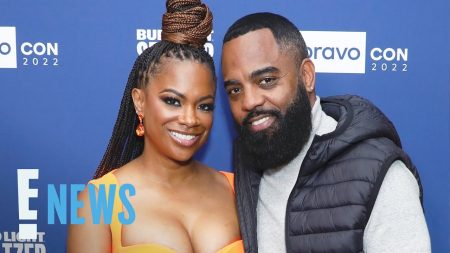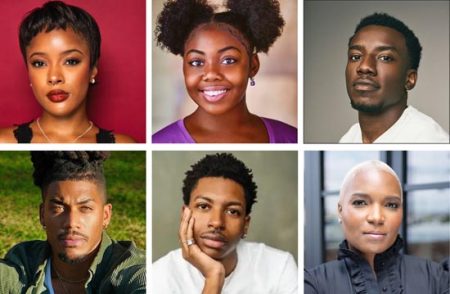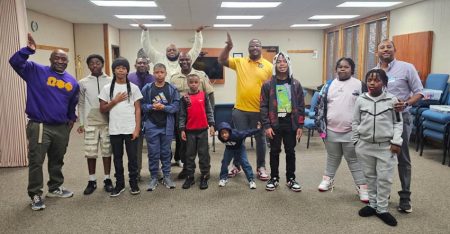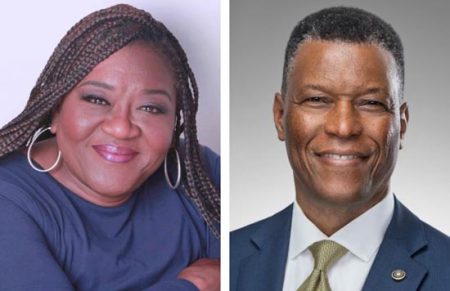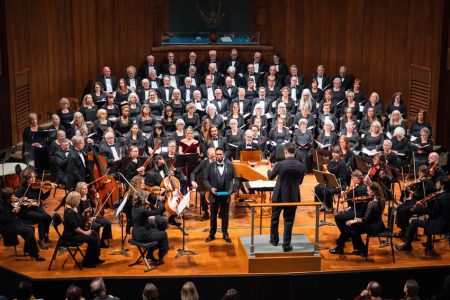New Hopes for Reconciliation from New Segregations
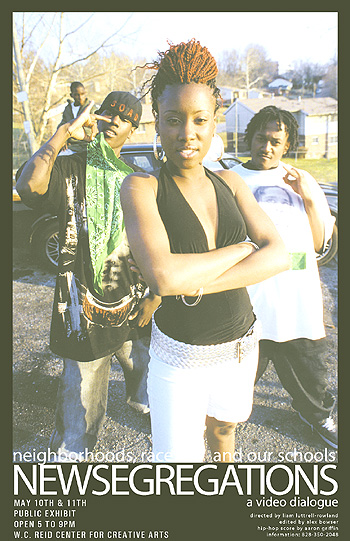 “It’s so hard because of what’s going on in our society, and we don’t even know how to talk about race…” – Lutrell-Rowland
“It’s so hard because of what’s going on in our society, and we don’t even know how to talk about race…” – Lutrell-Rowland
By Tamika M. Murray
Does the documentary film New Segregations build bridges to cultural understanding or propagate a culture of continued misunderstanding?
Aaron Griffin and Liam Lutrell-Rowland’s motivation for the documentary sheds light on the perspective of young people who continue to struggle, not only in the school system but in the isolated communities in which they live. New Segregations raises questions of a city divided by racialism and holds a light to a greater social failure that has manifested itself through the lives of the children in our community.
“The
film is about how to give these kids a voice in a segregated society
and the difficulties of that,” said Lutrell-Rowland. “And it’s about
the kind of people that interact with them in a way that is effective.”
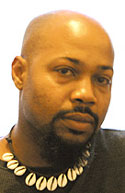 |
| Aaron Griffin |
In cooperation
with the W.C. Reid Center of Creative Arts, the Randolph Learning
Center, Voices of Parents and the Lee Walker Heights Community Center,
New Segregations featured candid interviews with students, parents and
a diverse group of adults who work both inside and outside the school
system to challenge and inspire them, while fighting for their rights
to equal education.
The 45-minute
documentary offers the viewer more than the opportunity to hear what
young people have to say in our community; it provides a historical
context and the chance to see the tangible effects of gentrification,
the parking lots that were once homes or Black-owned businesses, the
Black schools transformed into community centers and reveals a
generation of young voices that need to be heard.
“The movie is
about race in a lot of ways. These two parts of Asheville are very
segregated, and both me and Aaron are coming from a strong place of
believing that,” said Lutrell-Rowland.
According to the
North Carolina Department of Public Instruction, some 1,129 suspensions
of Black students occurred within the 2006-2007 academic school year.
While this figure may include repeated suspensions by some of the same
students, only 195 suspensions occurred within the White student
population. In a school system with predominantly White teachers and
administrators, a problem persists with a great number of
student-teacher interactions.
But there is a
danger that comes with creating a film with the intent of addressing
issues of race and education. Lutrell-Rowland struggled with the idea
of “coming into the Black community and making a film that will be seen
in the White community,” said Lutrell-Rowland. “There was a fine line I
had to walk personally, especially when you’re dealing with the
imbalances of privilege. I don’t want to take these kids stories out of
their community and not have it be for them. But I also know that some
of this stuff needs to be heard. So, how can we convey it in a way that
feels safe, but can also challenges people.”
 |
| Liam Lutrell-Rowland |
“The film is
true. It’s real. Real people. Real stories. Real lives,” said Griffin.
In order for a teacher to “really understand a child,” he believes they
“need to really understand where [the students] come from. Like those
people in the Black community who grew up here. It’s no big thing. It’s
every day life.”
Both Griffin and
Lutrell-Rowland believe the film can be used as a cultural teaching
tool to educate established teachers and rising teachers in the area.
They hope the film will inspire educators, administrators and policy
makers to look beyond the surface of the defiant child who may appear
unwilling to participate in his or her education.
But not everyone
found the film to be educational or empowering for people working
within the school system. In a letter to the Mountain Xpress, RLC
teacher Cedric Nash, an Asheville native and former resident of Lee
Walker Heights said this: “It disheartens me to hear students I have
taught say that teachers don’t care and do not listen.”
Nash felt the
film was problematic because students vented their frustrations in the
classroom, but did not show a child laying his head on the desk,
refusing to do the work. “I tell them every day that I love them,’ said
Nash who moved back to Asheville to give back to the community through
his work with young people.
Asheville City
School spokesperson, Charlie Glazener, who has not yet seen the film,
said the school system as a whole did not get involved with the project
because they felt the project would be “one-sided” and that it would be
based on an “agenda.” Glazener said also that the school system for the
most part was “racially balanced” and the members of the school board
have spoken of plans to reintegrate the predominantly Black Randolph
Learning Center and Asheville Preparatory Academy back into the school
system.
But frustrated
parents and students need more than racial balance. The documentary
climaxes when a 17-year-old boy, a high school drop-out, dies of a
gunshot wound. Many of the youth in the film were deeply affected and
forced to think of their own lives as well as their futures.
“We’ve tried a
number of times to devise a plan to help educate these kids that
[school system administrators] are saying don’t want to learn,” said
Larry James, co-founder of Voices for Parents, a group that would like
to participate in the mediation process with families and
administrators. “They ask for us to get involved, but when the African
Americans try to get involved, they don’t pay attention,” he said.
James believes a “better understanding” between White teachers and
Black students will lead to a higher success rate for the Black student
population.
In response to a
statement made by Superintendent Robert Logan, at the State of Black
Asheville Conference, African American students are more “dramatic” and
require tougher disciplinary policies than their White counterparts.
However, Voices of Parents co-founder Larry James said, “We have to
have versatile teachers to understand children who are in a diverse
situation. Maybe [Voices of Parents] can find out something
[administrators] can’t.”
Elinor
Brown-Earle, program director of Youthful H.A.N.D., has found through
her experience with the after school program at Lee Walker Heights,
that children often act out when they are struggling academically. She
believes the city school system could effectively address students who
have difficulty with reading through the Read First Program. [The
curriculum] “teaches children explicit phonics and phonetic awareness.
These programs
have been approved by the United States Education department, the
National Literacy Council and the National Institute of Child Health
and Development,” said Brown-Earle. She believes the responsibility of
teaching children to read and write lies with the school and that
community-centered programs work to assist children with the other
aspects of their education.
“It’s so hard
because of what’s going on in our society, and we don’t even know how
to talk about race,” said Lutrell-Rowland. “I think there are a lot of
issues in terms of giving these kids an equal education. But I do think
there is hope. I think there’s ways for the schools to work with the
community. We have the resources.”
The film is an
invitation, said Griffin “to see who we are. To see how we live — so
you can understand us. We’re talking about dialogue creating change. If
someone has a different view and they feel offended, and we actually
sit down and talk… then it’s a beautiful thing.
That’s what we
encourage, and that’s what makes a difference. I feel the film is
successful if any individual watches the film and has something to say.
No matter if it’s negative or positive. If it starts dialogue, it
starts change… then it’s successful.”

